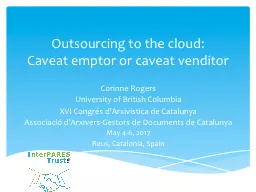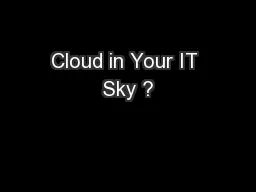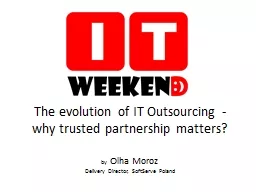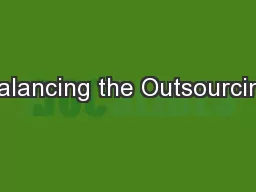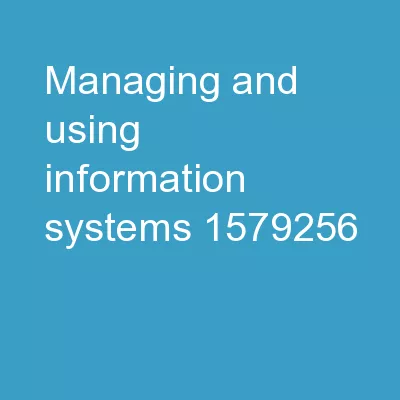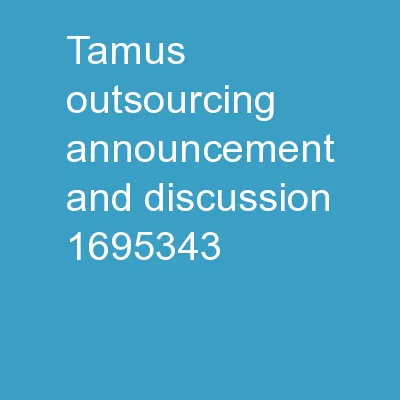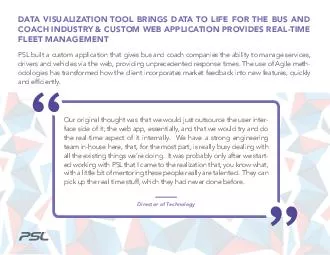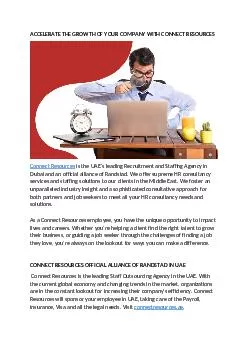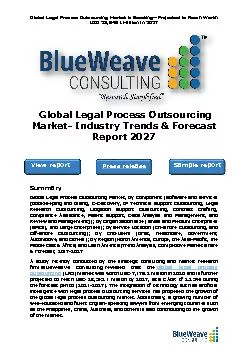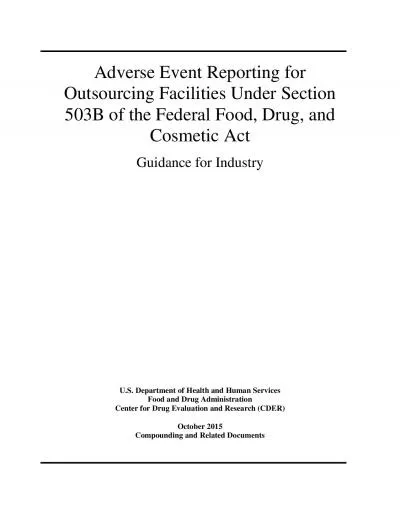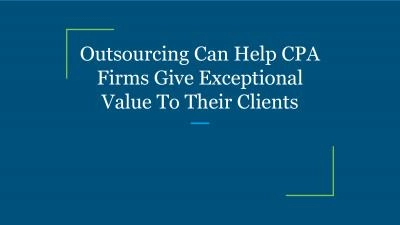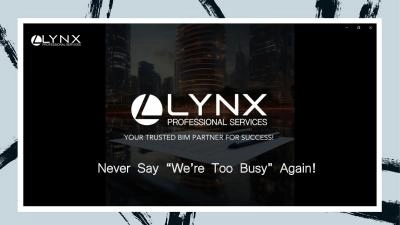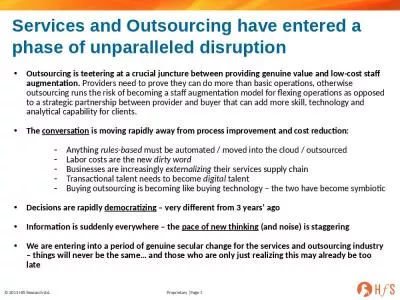PPT-Outsourcing to the cloud:
Author : giovanna-bartolotta | Published Date : 2018-01-02
Caveat emptor or caveat venditor Corinne Rogers University of British Columbia XVI Congrés dArxivistica de Catalunya Associació dArxiversGestors de Documents
Presentation Embed Code
Download Presentation
Download Presentation The PPT/PDF document "Outsourcing to the cloud:" is the property of its rightful owner. Permission is granted to download and print the materials on this website for personal, non-commercial use only, and to display it on your personal computer provided you do not modify the materials and that you retain all copyright notices contained in the materials. By downloading content from our website, you accept the terms of this agreement.
Outsourcing to the cloud:: Transcript
Download Rules Of Document
"Outsourcing to the cloud:"The content belongs to its owner. You may download and print it for personal use, without modification, and keep all copyright notices. By downloading, you agree to these terms.
Related Documents

